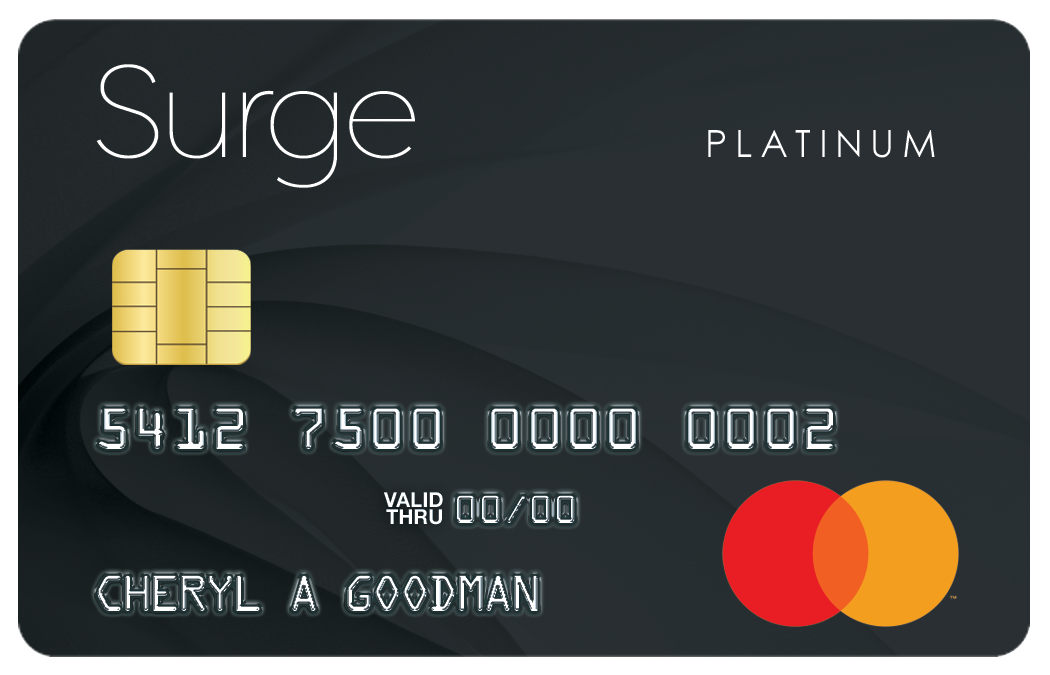[ad_1]


In a Nutshell
Visa and Mastercard are both card networks. Both organizations manage the payment networks through which their cards work. Visa and Mastercard are different companies, but they operate in a very similar way.
Four credit card networks tend to compete for space in consumer wallets. They are Mastercard, Visa, Discover and American Express.
According to Statista, Mastercard and Visa have had the largest market share for a while. As of 2021, they accounted for more than 87% of the market. Compare that to Amex’s 10.5% and Discover’s 2.2% and you can see that most credit cards are Mastercard or Visa.
But is one better than the other? Are there really any differences between these two major credit card networks? Find out in our guide to the difference between Mastercard and Visa below.

In This Piece
- What’s the Difference Between Mastercard and Visa?
- How Are Visa and Mastercard Similar?
- What’s the Difference Between a Network and an Issuer?
- How Does Payment Processing Work?
- Other Mastercard vs. Visa Similarities
- Which Is Better: Visa or Mastercard?
What’s the Difference Between Mastercard and Visa?
While they’re both credit card processing networks, these are unique and separate companies. They were founded at different times.
Originally known as the BankAmericard credit card program, Visa launched in 1958. Mastercard began as Master Charge: The Interbank Card when it emerged as a BankAmericard competitor in 1966.
Visa cards don’t work on the Mastercard network, and vice versa. You can’t, for example, use a Visa to pay for something in a store that only accepts Mastercard.
How Are Visa and Mastercard Similar?
There are more similarities between Visa and Mastercard than differences. As mentioned earlier, these are both card networks. They both play the middleman between payment processors and issuing banks.
Both companies operate globally, so if you alert your issuer in advance, you should be able to use your Visa or Mastercard in another country when you go on vacation. Whether you pay fees for this service depends on your card issuer and account details—not on Visa or Mastercard.
Both Visa and Mastercard have tens of millions of merchants in their networks, and both companies’ merchant fees are comparable. Both organizations are publicly traded.
What’s the Difference Between a Network and an Issuer?
The credit card network is the middleman between the payment processor and the issuer of the card. When you pay with a credit card, the information is processed through the network to the bank that issued your credit card. On the other side of the transaction, the data that supports the funds transaction is also processed through the network.
Visa and Mastercard are credit card networks. They’re responsible for the infrastructure for these transactions and for protecting the information as it passes between the payment processor and the issuer. For this service, the credit card networks charge a fee—usually paid in part via a small percentage of every transaction.
An issuer is the bank that issues the card. Examples include Chase, Citibank and Capital One. The issuer is the entity that decides whether you’re approved for a credit card and sets interest rates and fees. It’s also the lender that pays for the goods you purchase with your credit card and the entity you pay back with your payments.
How Does Payment Processing Work?
Visa and Mastercard credit card and debit card payments all go through the same payment process—albeit on different networks. The process looks like this:
- Consumers swipe cards—or tap contactless cards—in physical stores or enter card details online.
- Merchants send payment authorization requests to their payment processors.
- Payment processors send payment requests to the appropriate card network.
- Card networks “ask” issuing banks for payment authorization.
- Issuing banks approve or deny the transaction.
At this point, transactions are—hopefully—authorized, but they’re not settled yet. The process must continue:
- Merchants send approved payment requests to payment processors in batches.
- Once again, payment processors send transaction details to Visa, Mastercard or other applicable card networks.
- Card networks “ask” issuing banks for previously authorized funds.
- Issuing banks release the funds, which travel to merchant banks.
- Credit card processing network fees get taken out along the way.
- Merchant banks transfer funds into individual merchant accounts.
At this point, the store or other merchant has been paid for the goods or services you bought with your credit card. Your next statement should also reflect the purchase.
Other Mastercard vs Visa Similarities
Visa and Mastercard issuers have a range of products to choose from. Debit cards let you spend money already in your bank account—plus your overdraft if you have one set up. Meanwhile, you must fund prepaid cards in advance.
Visa or Mastercard credit cards have the following things in common.
1. Credit Scores Matter
Card issuers make decisions based on consumers’ credit scores. If you want a card with an extra-low APR and a really high credit limit, you’ll need a top-notch credit score. Lower credit scores generally mean lower credit limits and higher interest rates.
If you’re new to credit or you need to repair your credit, look for a credit builder or credit repair card. You won’t have a very high limit to begin with, and your APR might not be very competitive, but if you make regular payments, you’ll soon qualify for a better product.
Surge Mastercard® Credit Card
- All credit types welcome to apply!
- Monthly reporting to the three major credit bureaus
- Up to $1,000 credit limit doubles up to $2,000! (Simply make your first 6 monthly minimum payments on time)
- Fast and easy application process; results in seconds
- Use your card at locations everywhere that Mastercard® is accepted
- Free online account access 24/7
- Checking Account Required
- See if you’re Pre-Qualified without impacting your credit score
Card Details +
2. Rewards Cards Provide Value
Mastercard and Visa both partner with issuers that offer rewards cards. Rewards include air miles, points, store-specific rewards, food and beverage rewards and cash back. If you use your rewards card in a savvy way, you can save a lot of money.
3. Fees Vary
Visa and Mastercard don’t set fees—issuing banks do. As a result, fees for Visa and Mastercard products vary widely. Make sure you’re familiar with the over-limit, balance transfer, late payment, and foreign transaction fees on each of your credit card accounts—and stay away from credit cards with unreasonable fee structures.
4. Smart Wallets Protect Information
Both Visa and Mastercard cards are compatible with smart wallets like Apple Pay and Google Pay. Smart wallets hide your card information, so they’re more secure than swiping a card or entering card details online. Every year, more and more brick-and-mortar and online retailers accept smart wallet payments.
5. Discount Programs Save You Money
Some credit cards—especially business credit cards—incorporate high-value discount programs. The Visa SavingsEdge program, for example, can save you more than 15% when you shop with qualifying merchants. Mastercard has a similar program, called Easy Savings. In both cases, you need to enroll your card to get money back.
Which Is Better: Visa or Mastercard?
What’s the difference between Mastercard and Visa? Not that much, actually. The major difference is the company that runs the network. Merchants that accept one usually tend to accept the other, and more merchants accept Visa and Mastercard than any other type of card.
Instead of considering whether you should get a Visa or a Mastercard, think about what type of card you want and which bank you want to work with. Apply for a card that offers the rewards you want and has fees that match your budget. Whichever one you choose, you’ll be able to use it around the globe and get a very similar experience from the card network.
The post What’s the Difference Between Visa and Mastercard? appeared first on Credit.com.
[ad_2]

